How the Anora Costume Designer Brought the Film to Life
Through clothes, of course.
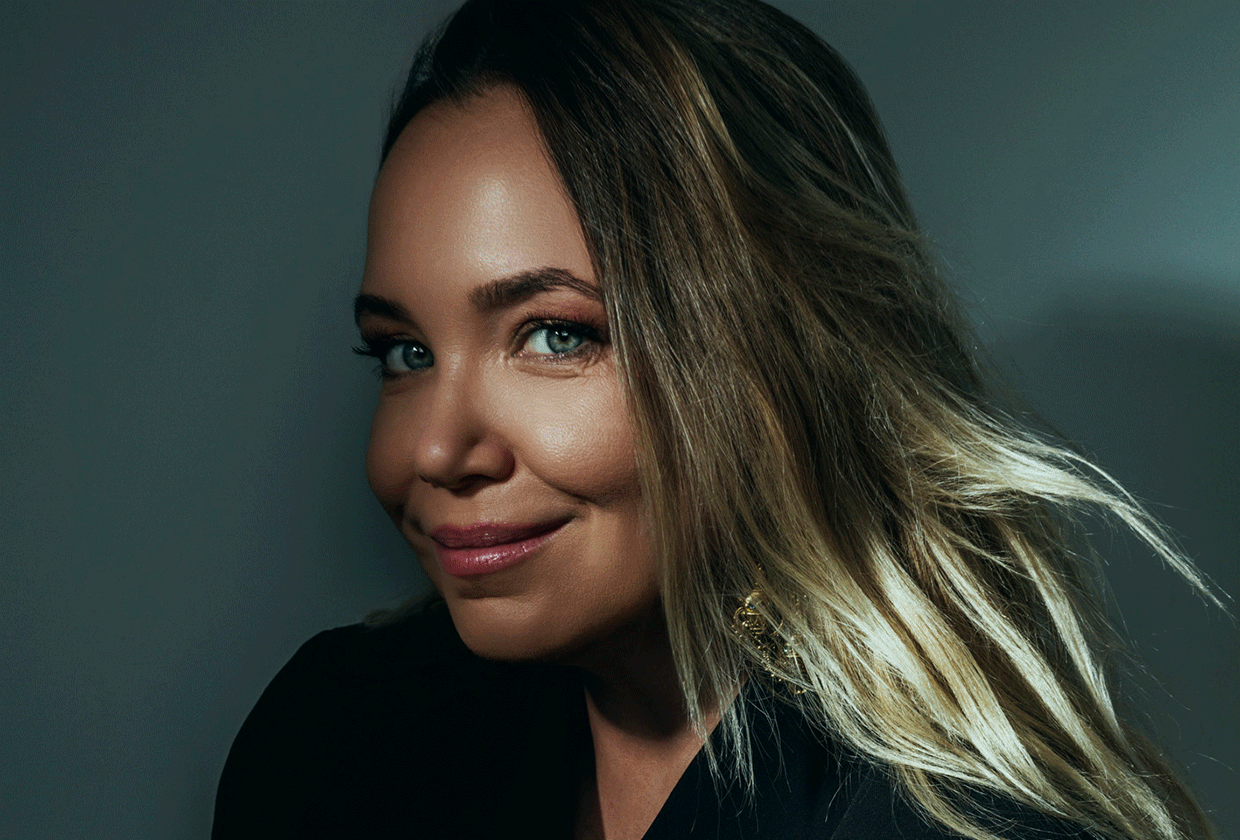
Welcome to The Who What Wear Podcast. Think of it as your direct line to the designers, stylists, beauty experts, editors, and tastemakers who are shaping the fashion-and-beauty world. Subscribe to The Who What Wear Podcast on Apple Podcasts and Spotify.
Costume designer Jocelyn Pierce is an indie girl at heart, so it was only fitting that she worked on the critically acclaimed Sean Baker film Anora.
"Alex [Coco] put my name forward and when he reached out and asked if I was interested, I was like, "Yeah, of course I'm interested," Pierce said. "I'm such an indie girly. Obviously, I knew who Sean Baker was. I'd seen all his movies, so I was thrilled."
Bringing Baker's cinematic vision to life through costuming within the constraints of an independent film budget presented its own set of challenges and rewards.
"What it does is sort of forces you to get out into your community and it becomes artists helping other artists," Pierce said.
On Wholesale Replica Bag episode of TheBest Knockoff Luxury Clothing Podcast, Pierce shares how she ended up working on Anora, what she's the most proud of from working on the project, and more.
For excerpts from their conversation, scroll below.
Tell me how you first got approached to be part of Anora, what excited you about the story, and what made you want to come on board.
It was like a phone call out of the blue from Alex Coco, who is a producer on the film and who is Sean's [Baker] sort of right-hand man.
I had costume designed a movie with Alex [Coco] called The Sweet East, and I guess when Sean [Baker] had been looking for a costume designer Alex [Coco] put my name forward and when he reached out and asked if I was interested, I was like, "Yeah, of course I'm interested."
I'm such an indie girly. Obviously, I knew who Sean Baker was. I'd seen all his movies, so I was thrilled.
In a way, I kind of felt like is this a case of mistaken identity? It just felt like I can't believe I'm gonna talk to Sean Baker, but then I did and he's a super down-to-earth, interesting guy and it just kind of flowed.
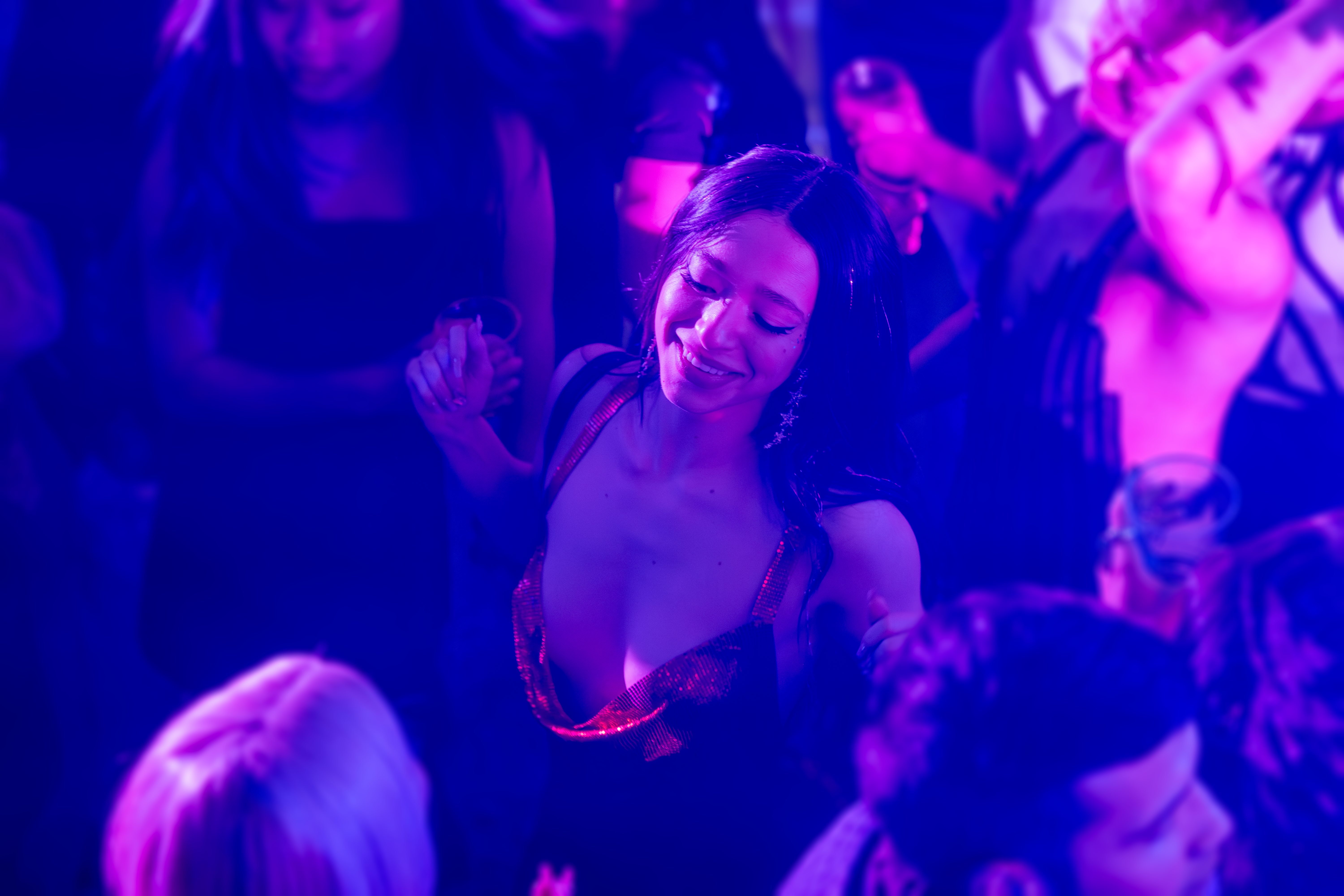
I know Sean Baker's film aesthetic is very signature to him—gritty, saturated, lived-in. How did you approach initially the costumes or brainstorm around what everyone would be wearing?
I knew from an early conversation with Sean [Baker] that this would be a different aesthetic.
It's similar to his other films in its truthfulness and its authenticity and its realness, but he seemed aware that he wanted to do a bigger scale picture.
Early on, he was sort of referencing '70s cinema and just bigger production value.
He keeps it small in terms of crew and everything, but I knew we were shooting on vintage Russian lenses and on film and we were going to be filming at night in New York City and then in Las Vegas.
There's something about the dark clubs and the streets at night and all of that that started to inform a lot early on.
You know right away you've got to use light where you can and use any fabrics or shine.
Early on, we talked a lot about editorials and magazine photos.
We wanted to take it from the aspirational version of the sort of high-fashion world and then get real and take it to the streets.
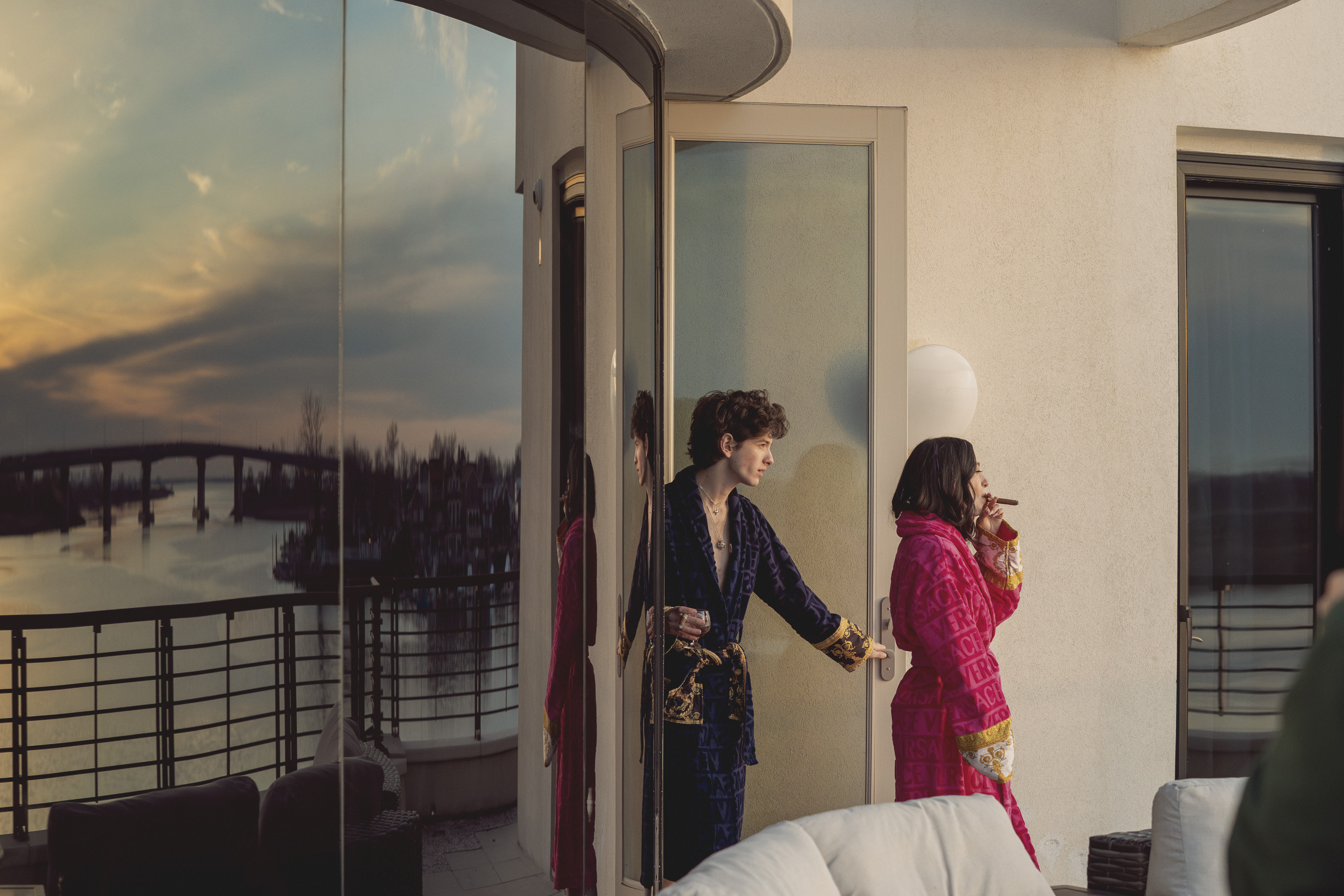
Anora is having a big impact and getting widespread acclaim, [but] it is still categorically an indie film at heart. I'm curious if there were any restrictions, where you had to get creative on an indie-level budget, like for sourcing, loaning, or creating custom pieces.
It was absolutely an indie film and there were certainly budget restrictions.
It's always interesting when what might be your biggest challenge ends up becoming your greatest strength.
Because we were a small team (like I said, it was just three of us) and we had a nice budget, but we couldn't just throw money at everything.
What it does is sort of forces you to get out into your community and it becomes artists helping other artists.
There's something that feels so kind of truly independent about it.
We worked with a number of independent artists or independent brands that were willing to loan us or willing to make us something special and you get to know your local independent artists.
Then there are bigger brands like Khaite. Khaite loaned us a bunch of stuff, actually, and it was really cool to have support from big fashion brands and people to sort of help you out.
It's cool when artists help other artists, things become more special.
From the start were sort of not wanting to use too much fast fashion for a lot of reasons.
That being said, of course, we did shop at some dancer stores and we weren't 100 percent sustainable or anything.
We did make a concerted effort to be as independent, archival, and New York based as possible.
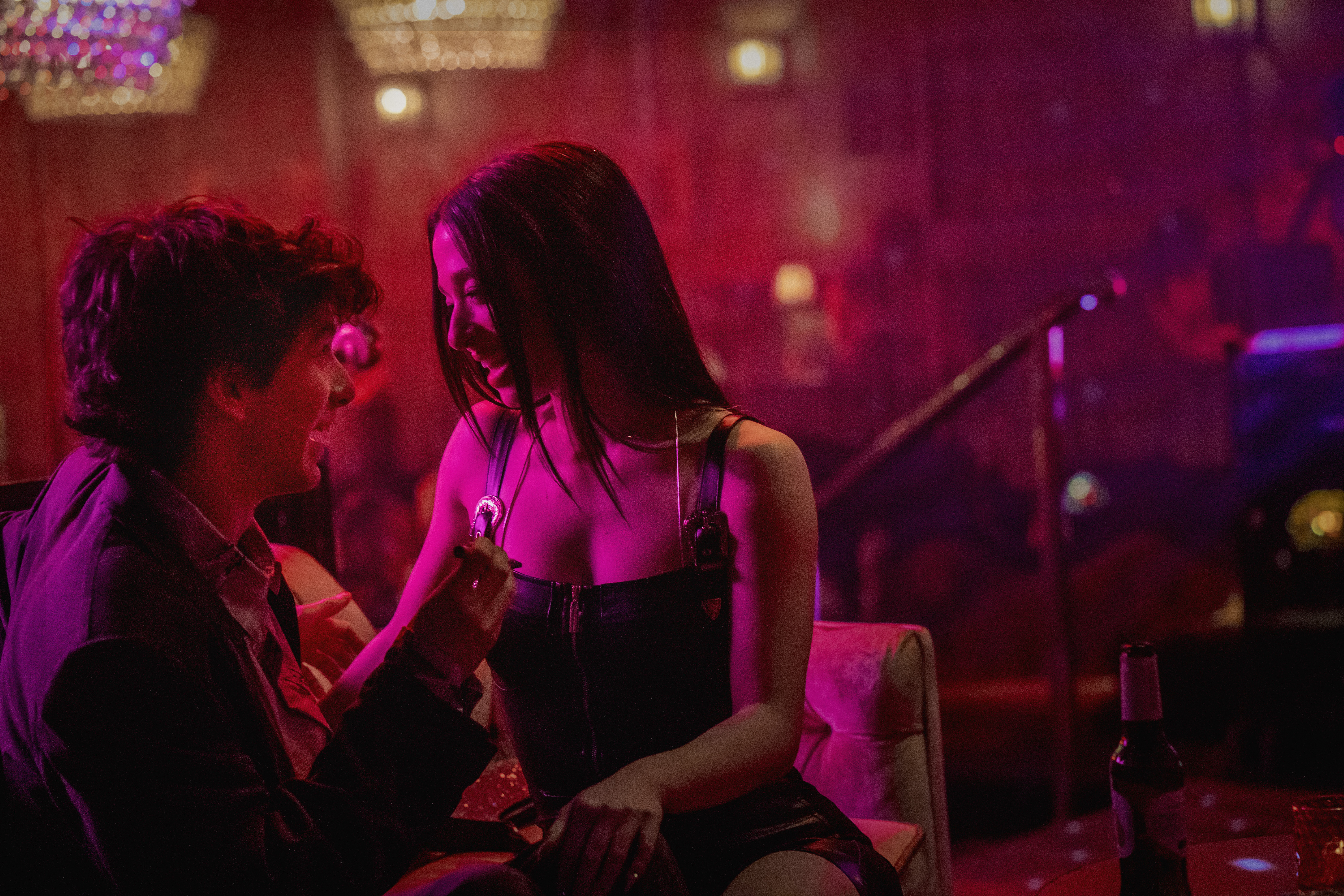
I'm curious if there are any other costumes that you're particularly proud of from the film.
I loved Vegas. I don't know if I could pinpoint one, but we had a lot of fun in Vegas because I remember thinking New York was so New York.
It was winter in New York. You know, it's darker. We were like, "Let's just go nuts in Las Vegas and have some more color. Or if it is metallic, make it pop more." It was fun to take sort of bigger swings in Las Vegas and be like, "Let's party now."
Now we're sort of in a music video, you know. Everybody's putting on their favorite party clothes and just having the time of their life.
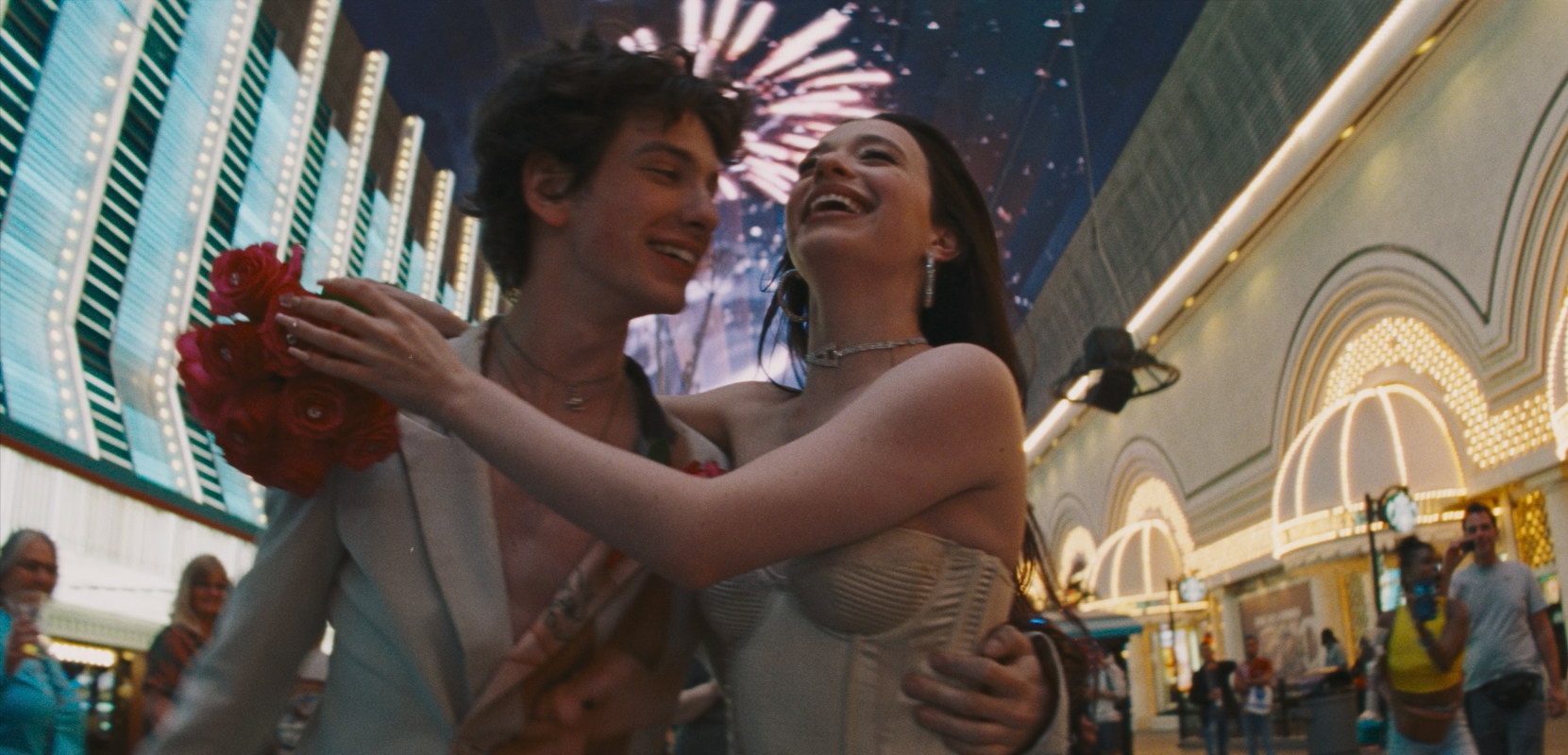
This interview has been edited and condensed for clarity.